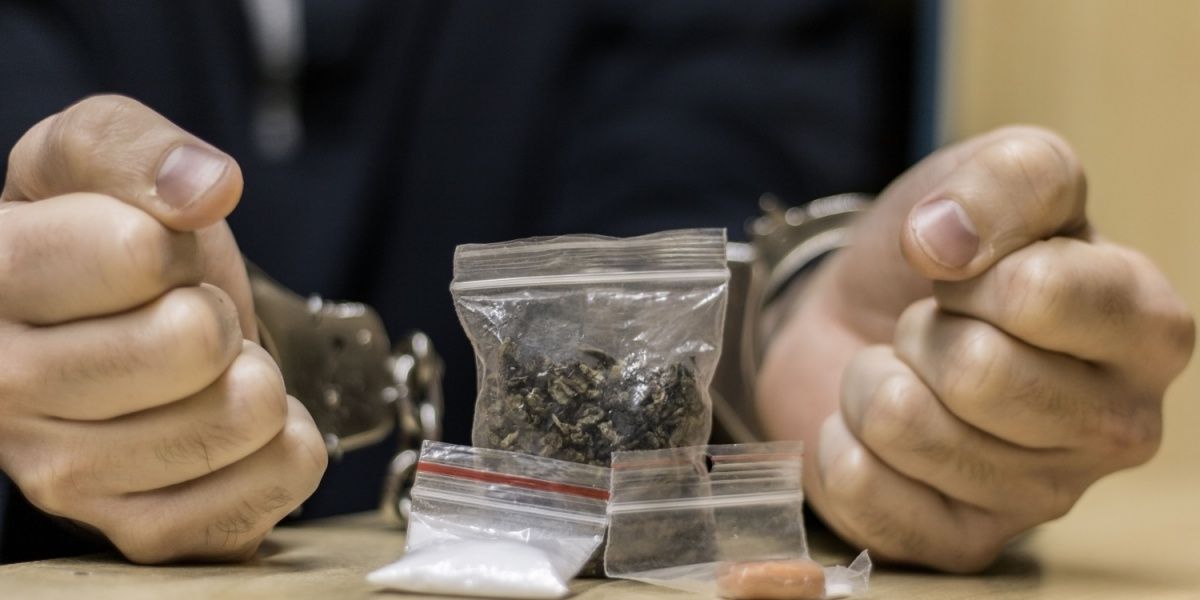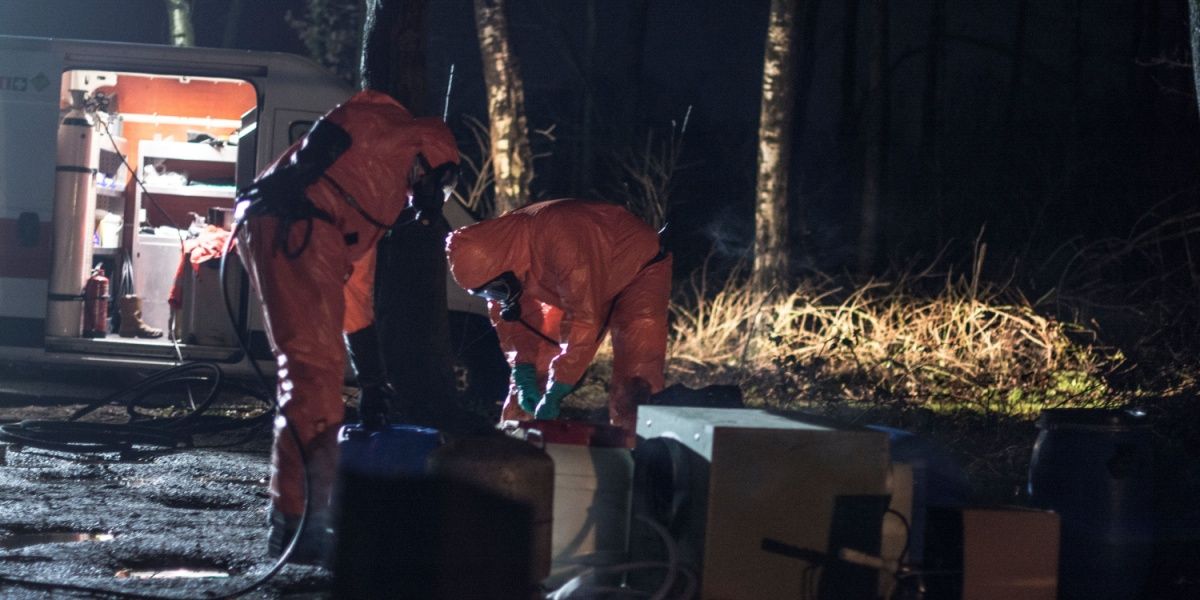Casey’s Law allows family members and friends to apply for involuntary substance use disorder treatment for their loved one who is unable to acknowledge that they need help. It was initially enacted after a young man, Casey, lost his life to heroin addiction, despite his family trying to get him into treatment.
- Casey’s Law allows a person close to someone with a substance use issue to apply to the court to mandate substance use disorder treatment.
- Casey’s Law is named after Matthew Casey Wethington, who died from a heroin overdose at the age of 23.
- Casey’s Law was created in Kentucky, although many states have similar laws regarding involuntary substance use disorder treatment.

Understanding Casey's Law
Casey’s Law, also called the Matthew Casey Wethington Act for Substance Abuse Intervention, allows an individual to request court-ordered substance use disorder treatment for a family member or friend if certain criteria are met. [1]
This law was put in place after Casey Wethington’s death at the age of 23 as a result of a heroin overdose. His parents had attempted to intervene and help him get treatment for his addiction, but this was denied and discouraged. Following his death, Wethington’s mother worked toward the creation of a new law allowing parental intervention, and Casey’s Law went into effect in 2004. [2]
The court can order substance use disorder treatment if a person is arrested and subsequently ordered to attend treatment. However, this doesn’t apply if a criminal offence has not been committed, which was the case with Casey Wethington.
Casey’s Law allows family and friends to apply for involuntary substance use disorder treatment for a person (the “respondent”) who is unable or unwilling to recognize their need for intervention. As the “petitioner”, the person close to the respondent must be responsible for any and all costs involved in the application process and subsequent treatment, although there are low-cost and free treatment options available. [1]
The following criteria must be met to receive court-ordered substance use disorder treatment under Casey’s Law: [1]
- The person must be experiencing drug or alcohol use issues
- The person is, or is likely to become, a threat to themselves or others due to their substance use
- The person is reasonably expected to benefit from treatment
Where is Casey's Law enforced?
Casey’s Law was created and is enforced in Kentucky, where it can be used anywhere in the state. The law was also enacted in Ohio in 2004. In Georgia and West Virginia, new legislation to enact Casey’s Law is pending. [3]
Penalties for not attending court-ordered rehab under Casey’s Law
If the respondent does not attend court hearings or the court-ordered treatment, they can be found in contempt of court and may face jail time. The petitioner has the responsibility of arranging treatment and can legally inform the court if this treatment is not attended or completed. [1]
The respondent has the right to their own legal counsel, which can be used to appeal the application. This can include undergoing a second evaluation by licensed professionals, which can be used to defend their appeal. [1]
Similar laws to Casey’s Law
In the United States, different legislations are in place that can enforce involuntary treatment.
- Ricky’s Law applies in Washington state and allows a designated mental health professional to detain a person to receive involuntary substance use disorder treatment.
- In Florida, the Marchman Act allows family members to petition for emergency evaluation and treatment due to substance use issues.
- Massachusetts General Law Chapter 123, Section 35 allows a relative, spouse, physician, police officer, or court official to petition for involuntary treatment for substance use issues.
- In Colorado, a family member or friend can apply for an individual to receive court-ordered Emergency Commitment and/or Involuntary Commitment for the treatment of substance use disorders.
Filing a Casey’s Law petition
The person requesting the involuntary treatment (the petitioner) first needs to file a petition, including information about themselves and the respondent, and the respondent’s next of kin and contact information. This petition must include a factual basis for the respondent’s need for treatment, including information about their potential risk of harm to themselves or others. [1]
The petition must also include information about the licensed physician and mental health professional who will evaluate the respondent. The court will examine the petitioner under oath and, if probable cause is established, will set a hearing within 14 days of that date.
The petitioner must make appointments for professional assessments to take place before the court hearing. The results of these will then be included in the hearing, during which the court decides if treatment is required and the duration that is most beneficial. [1]
The application and enactment process can vary depending on the county and state, so it’s advised to check local regulations before moving forward.




